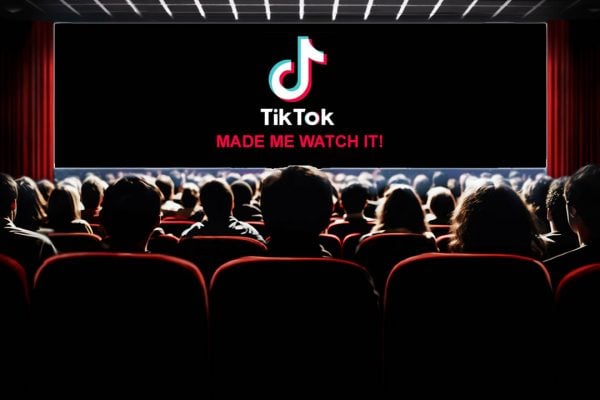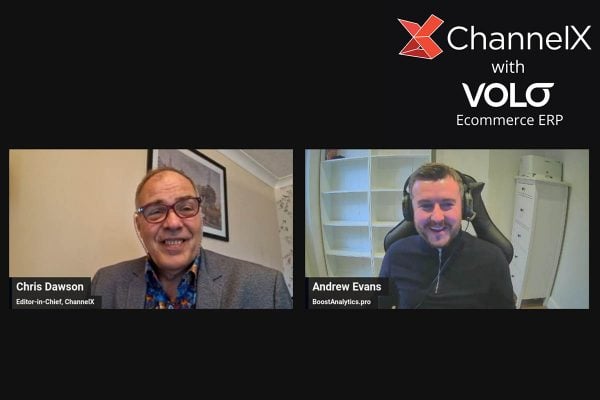With Google’s use of AI and machine-learning helping it pinpoint, more clearly than ever, the specific factors that satisfy search queries in different niches and contexts, brands and retailers are being encouraged to tightly tailor their search strategies.
A new study, “Searchmetrics Google Ranking Factors 2018”, reveals, for example, that high-ranking Google results for searches related to the ‘weight loss’ niche are 4x more likely to have a video on the page than results for ‘financial planning’ or ‘credit’ niches. And that eCommerce sites in the ‘furniture’ niche can get away with displaying nearly 28 images on a page (more than most other niches) and still rank highly − despite the fact that more images can sometimes make pages load slower.
According to Jordan Koene, Chief Evangelist, VP Professional Services, Google’s use of sophisticated AI and machine-learning techniques, such as its RankBrain system, help it to better understand the real intention behind the words that searchers enter in the search box – and learn what types of web pages will satisfy individual searches.
“Google now recognizes much more clearly if someone’s searching online to buy a table, for instance, or needs personal finance advice or wants to learn weight loss exercises. And by tracking user signals such as how often certain results are clicked and how long people spend there, the search engine learns what factors – such as more or less images or text, or whether a site uses encryption to protect personal information entered by visitors − are appropriate for satisfying searchers in individual niches.”
– Jordan Koene, Chief Evangelist, VP Professional Services, Searchmetrics
This means that brands’ SEO strategies for Google now have to be more differentiated than ever, says Koene. And they have to rely on niche-specific data insights and rules: following generic SEO strategies and rules won’t be effective any more. You might even find they negatively impact your visibility in Google searches.
Here are five important findings from the study which analyzed the top ten Google results for searches related to eight different niche sectors:
1) Images – Some niches are more reliant on images than others
The top results for ‘furniture’ related searches have on average 27.9 images per page − the highest of all the niches. It’s likely that Google has learned that queries for this niche are best satisfied by giving searchers the opportunity to scan through a large selection of relevant images. Similarly, in the ‘recipes’ niche, the top ten search results average 19.8 images per page, perhaps because Google’s recognizes the advantage of using visuals to guide users through cooking steps. By contrast, the finance sector niches had the lowest number of on-page images; the ‘credit’ niche with around 6.5 images a page and ‘financial planning with 8.4 per page. In finance, the information-driven nature of queries, with people wanting facts or explanations about loans, mortgages and savings etc. means images are less important than text content.
2) Videos – Not always desirable
There was a time when the presence of relevant video on a page was a very effective way of boosting search visibility. But the research indicates that now video content is not necessarily desirable or required for all search queries. For example, while the top ten search results for ‘weight loss’ related searches average 0.4 videos per page, for most of the others it was 0.1 videos per page or less. For example, in ‘furniture’ related searches, the top ten results had close to 0 videos per page – and the same was true for ‘financial planning’ and ‘credit’.
3) Word count – Some niches are text-hungry
While the variations aren’t dramatic, the study reveals that high-ranking search results in certain niches have more words on a page than others. For example, the top ten ‘financial planning’ results average 2,581 words per page, the highest of all the niches analyzed; so Google has learned that personal finance queries require relevant comprehensive explanations which tend towards more words. While ‘furniture’ (1,139 words per page) and travel ‘destinations’ (1,018 words per page) are the niches with the lowest word counts, perhaps because Google’s learned that searchers in theses niches are more satisfied by images than text.
4) Internal links – Particularly important in eCommerce
Internal links are important for a good online user experience because they help visitors easily navigate a site and find related content. They can be especially important for eCommerce sites where shoppers want to easily browse through similar and complementary products. Which is why the ecommerce niches – ‘furniture’ and ‘cars’ have the highest number of internal links – an average 424 and 223 per page respectively.
5) Tables – Great for head-to-head comparisons
While the study reveals most niches rarely present information in tables, they are very relevant in certain contexts. For example, ‘financial planning’ results had 1.5 tables per page – the highest in the study. And they are also popular in ‘camping’ (1.3 tables per page) and ‘cars’ (1.1 tables per page). Tables are good for niches where head-to-head comparisons are helpful, such as when searchers want to evaluate car models, mortgages or facilities at a campsite.







